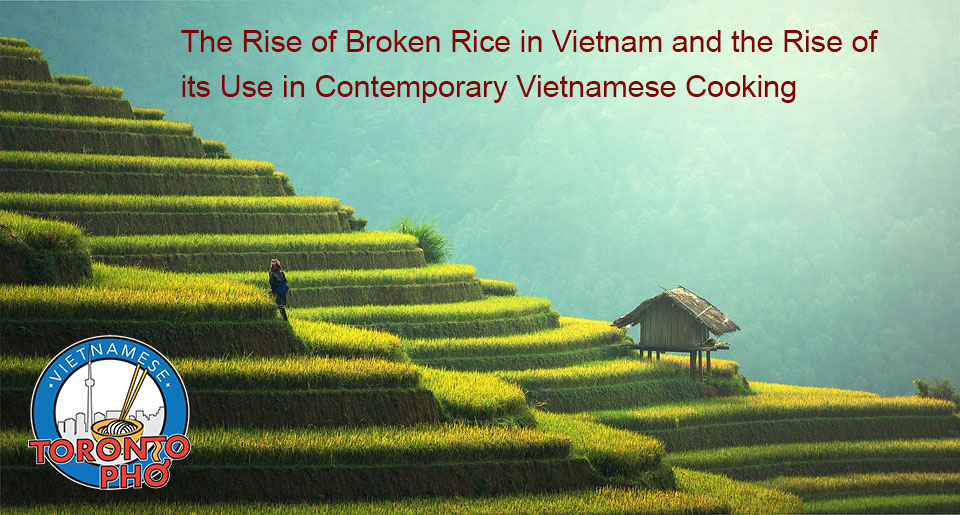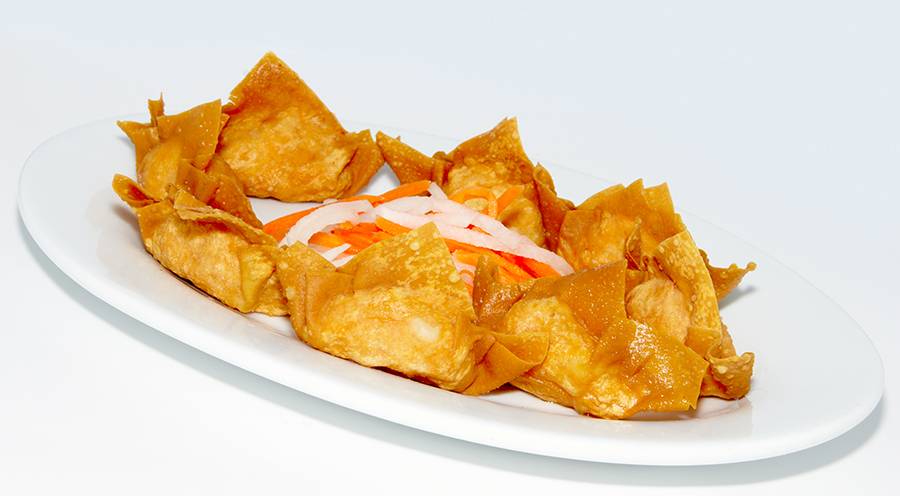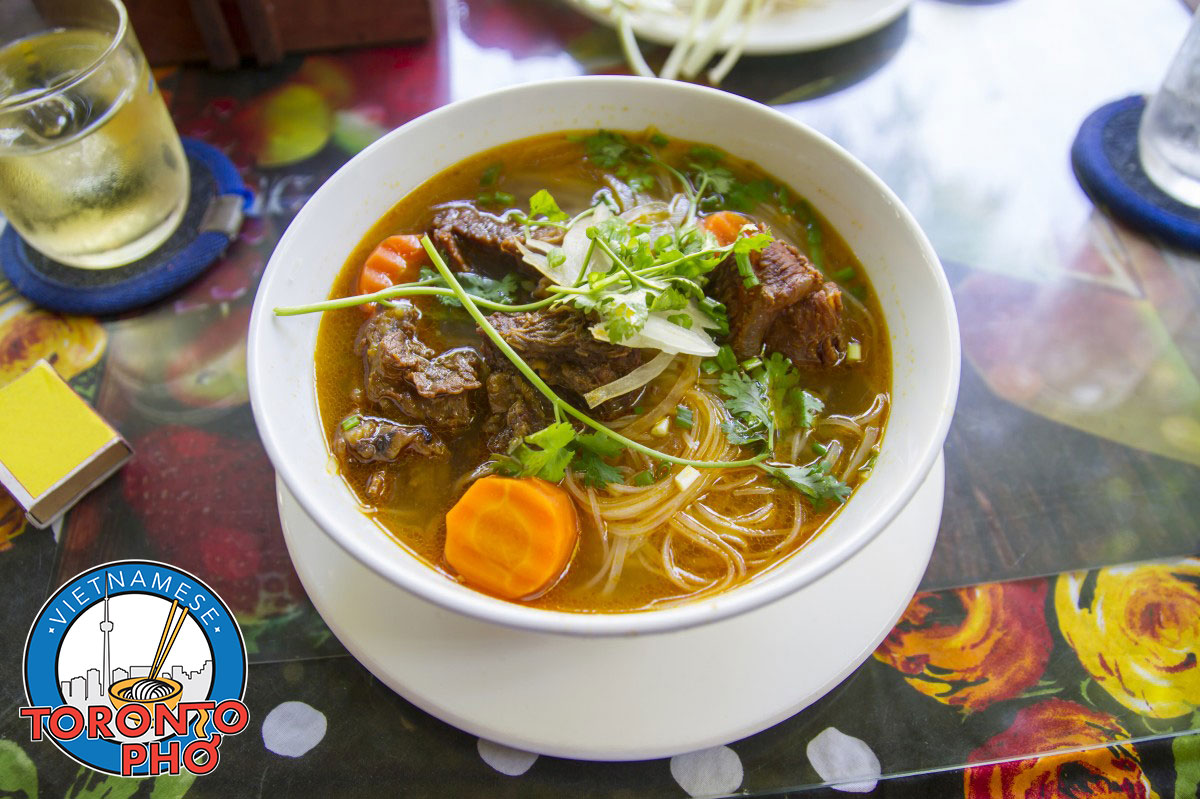
Asian cuisine has come a long way in Canada since the post-war era in the 1950s. These days, cities across the country have dozens of restaurants serving Chinese, Japanese, Korean, Thai, Vietnamese, and more. Perceptions of these Asian cuisines have changed albeit not equally across each.
While Vietnamese cuisine is currently thought to be the healthiest Asian cuisine, generally using less oil, more vegetables, and more balance in mind, its current popularity took a long time to develop. Here’s a quick rundown of how each Asian cuisine’s perception changed and the impact this may have had on the rise of Vietnamese food in Canadian cities like Toronto.
Chinese cuisine
For years, Chinese cuisine was the most favourite Asian cuisine by North Americans. Chinese restaurants were popular, the purchase price was cheap, and perception was that Chinese cuisine was on par with a lot of American dishes such as hamburgers, fries, and the like.
Unfortunately for fans of Chinese, it’s actually decreased in popularity in the past two decades. This isn’t to say that less Chinese restaurants exist but perhaps due to the growing momentum behind Vietnamese restaurants in Toronto and other major cities, there has been less focus on Chinese options.
What Chinese restaurants have done, as neither positive nor negative, is that they’re almost perceived as mainstream American foods now. This is how common Chinese food is. There isn’t any mystery or anything left to discover. Also, Chinese food has had such an impact that when someone opens a Japanese, Korean, Vietnamese, or Thai restaurant, they are likely to include numerous Americanized Chinese-influenced dishes on the menu.
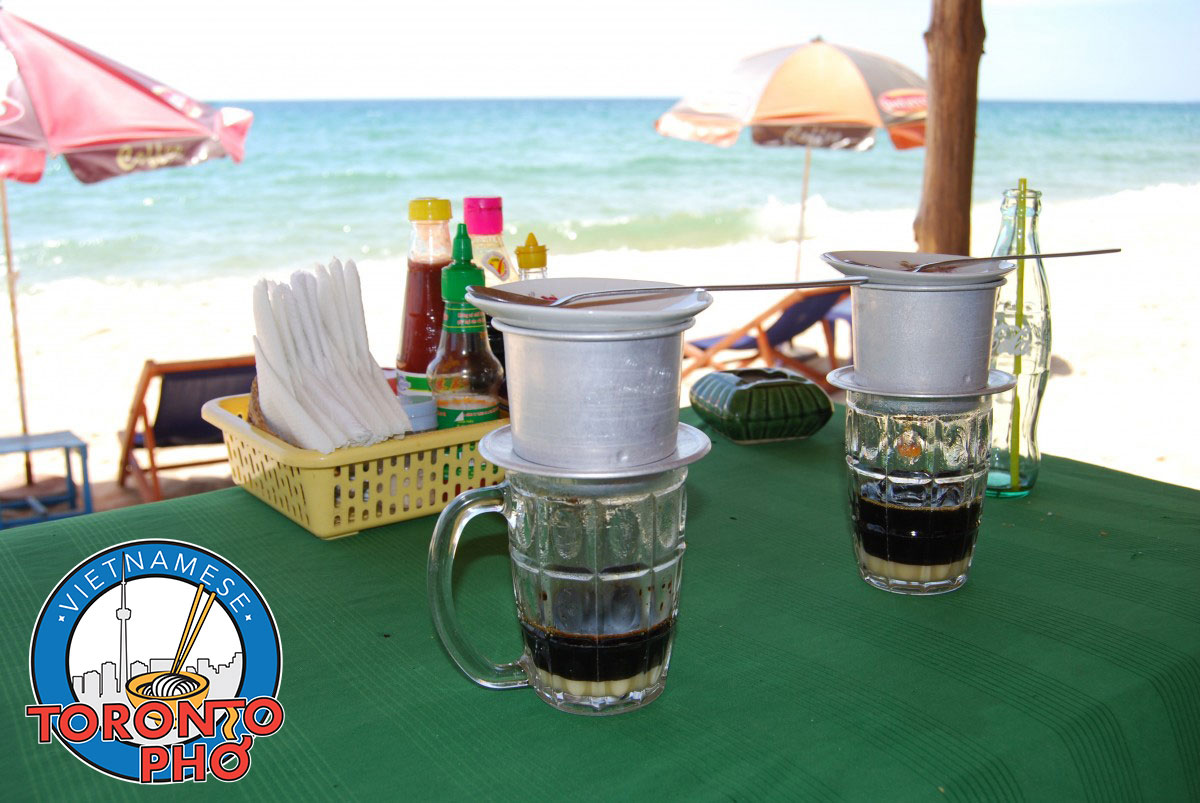
Vietnam has been called a ‘coffee lover’s paradise’ among other complementary nicknames. The unique taste of Vietnam coffee differs so much from Brazil coffee or coffees from elsewhere in the world.
How it used to be in Vietnam, at one time, was under France’s control. It was a French-ruled country. The coffee of Vietnam and the culture of Vietnamese coffee comes from French influence. From the plantations to the cafes in Vietnam are all built in large part from French philosophies and French culture first instilled in the nation hundreds of years ago.
The charm, loving taste of Vietnamese coffee beans
Vietnamese coffee comes in many forms, the most popular is one created from the Robusta coffee bean. The bitter taste of the coffee here is solely attributed to Robusta beans which are more easily cultivated in this region than Arabica. The weather conditions and soil are ideal for Robusta, the reason why approximately 97% of the coffee plantations in Vietnam cultivate Robusta beans.
The rise of Vietnamese coffee from the 1990s to today
An economic liberalization hit the Vietnamese region in the 1990s. At this time, foreign investors poured into the country much like how a fresh brew of Vietnamese coffee pours into a heated cup. In this period, a lot of international coffee companies swarmed into Vietnam trying to cultivate relationships with plantations and crafting part of the market for themselves. It wasn’t long before Vietnam rose to being the world’s second biggest coffee producing country, only behind Brazil.
Read more: Coffee Culture in Vietnam and How to Brew Vietnamese-Style Coffee
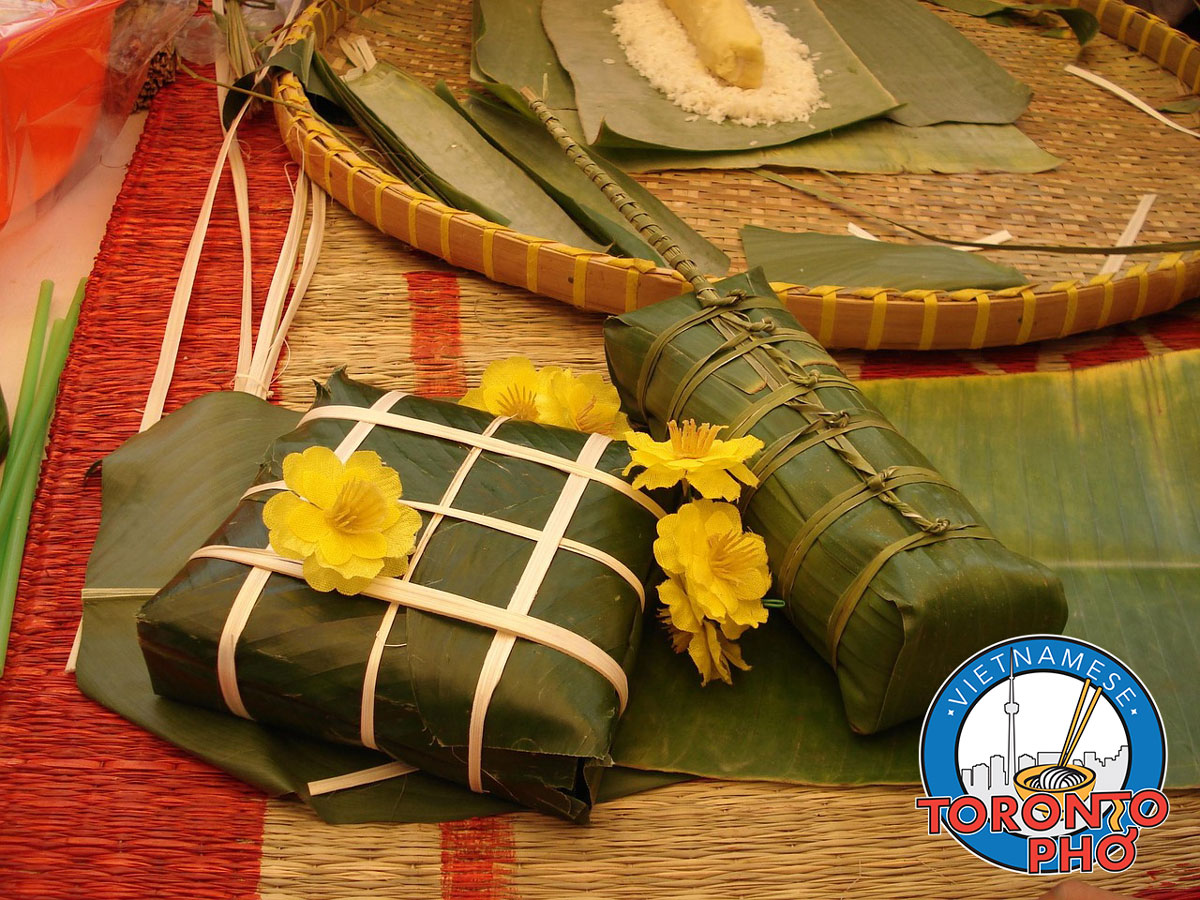
New Year rice cakes, also known as ‘banh tet’, are a popular icon of Vietnamese culinary traditions. They are an expression of Vietnam’s national identity, representing culture and nationalism to a degree.
Read more: What Are Vietnamese New Year Rice Cakes – An Icon of Cultural Expression and Identity
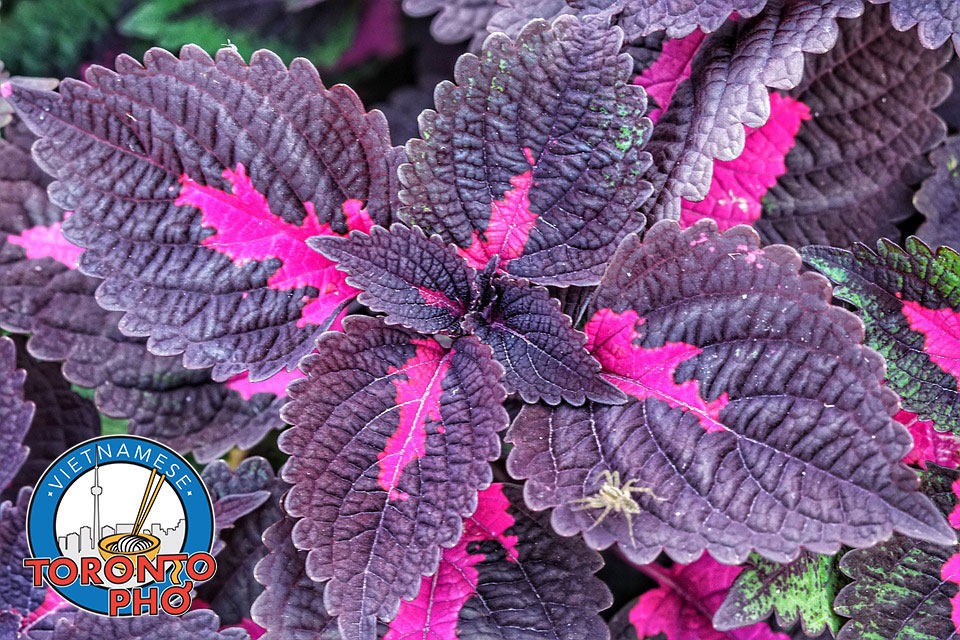
Vietnam is blessed to have its own unique collection of fresh herbs that are rare or unknown among Canadians and the Western world. In Vietnam, these herbs are grown routinely for a variety of purposes – some medicinal, some for our cuisine, and otherwise. This is a short introduction to some Vietnamese herbs used in cooking and medicine that Canadians and Torontonians may not be aware of.
Read more: Cultivate these Fresh Vietnamese Herbs used in Vietnamese Restaurants Across Canada
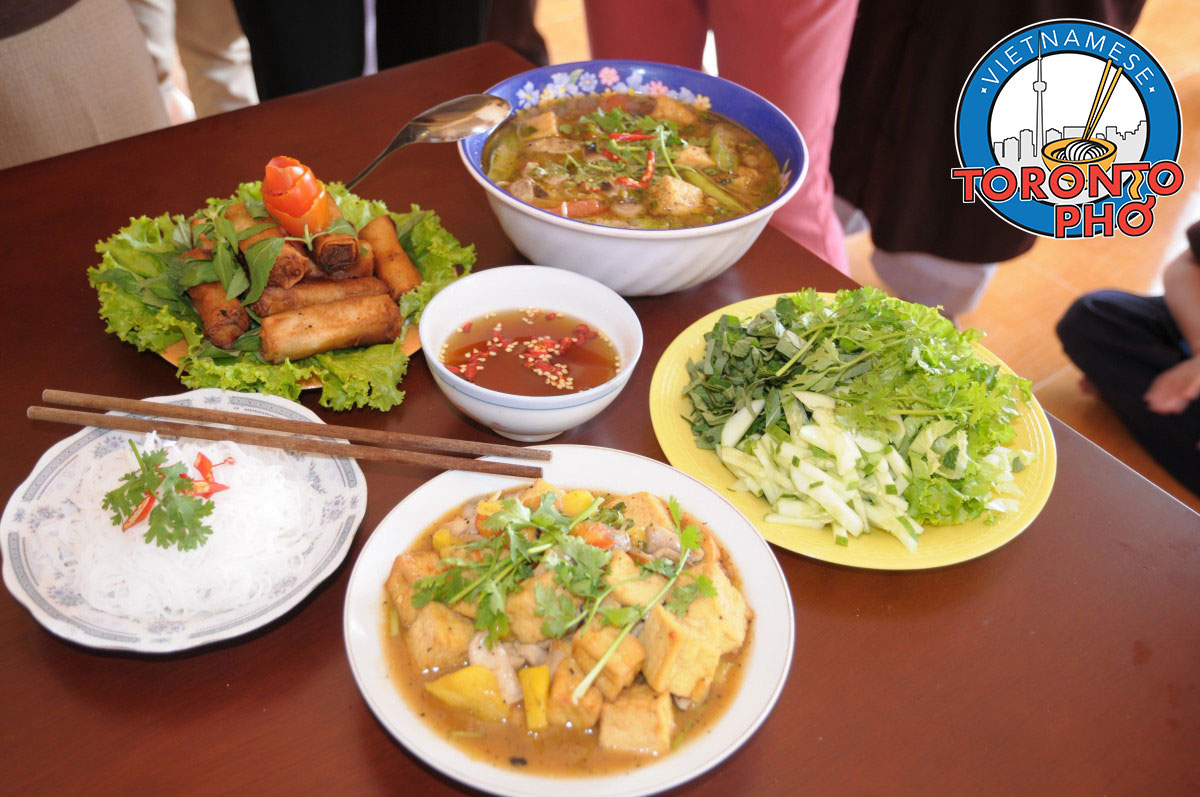
Toronto’s become a more health-conscious place, with every person seemingly leading a lot healthier lives than past generations have. Vietnamese cuisine has always worked well in the healthy eating trend as it’s largely a diet centered on a lot of greens and veggies, high in fibre, with strong energy-building carbs, and it’s easy on the stomach.
Read more: Why Vietnamese is the Perfect Bridge between Health Fanaticism and Comfort Eating
More Articles ...
- The Best Vietnamese Street Food with History Carried Over From Vietnam to Canada
- 5 Vietnamese Dishes You May Not Have Ever Heard Of But Which Are Absolutely Delicious
- Where Does Vietnamese Flan Come From – See How This Silky Sweet Treat is Made
- What is the Best Vietnamese Cookbook for Beginners to Vietnamese Cooking – read here!
Page 37 of 52

